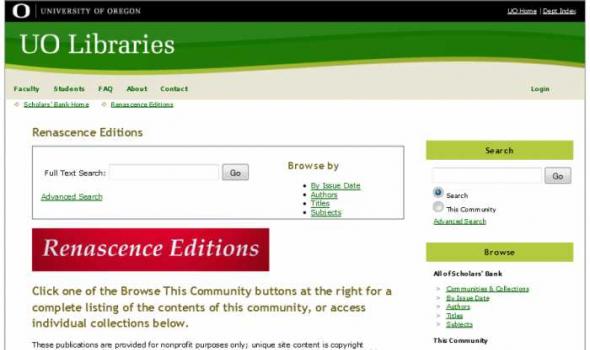Category: Iraq
Results
Introduction Cornell University has a number of collections of cuneiform tablets, donated to the university over the past century. These tablets are made of clay and inscribed with signs that modern scholars call cuneiform ("wedge or cone shaped"). They come from an area that is called Mesopotamia, which today roughly equals the territory of modern Iraq. These written documents date from the beginnings of writing, ca. 3350 B.C.E. until the end of the cuneiform tradition, sometime towards the end of the second century C.E. The largest collection of cuneiform tablets at Cornell is housed in the Jonathan and Jeannette Rosen Ancient Near Eastern Studies Seminar in the Department of Near Eastern Studies (NES) and currently consists of ca.
Islamic Culture and the Medical Arts Preface On the 30th of November 1094 AD (or to be more precise, the 19th of the month Dhu al-Qa`dah in the year 487 of the Muslim era), a scribe in Baghdad completed a copy of an Arabic treatise by one of the most important medieval physicians and clinicians -- Abu Bakr Muhammad ibn Zakariya' al-Razi, who worked in Baghdad in the previous century and was later known to Europe as Rhazes. This manuscript is the oldest volume in the National Library of Medicine (NLM) and the third oldest Arabic manuscript on any medical topic known to be preserved today.



















